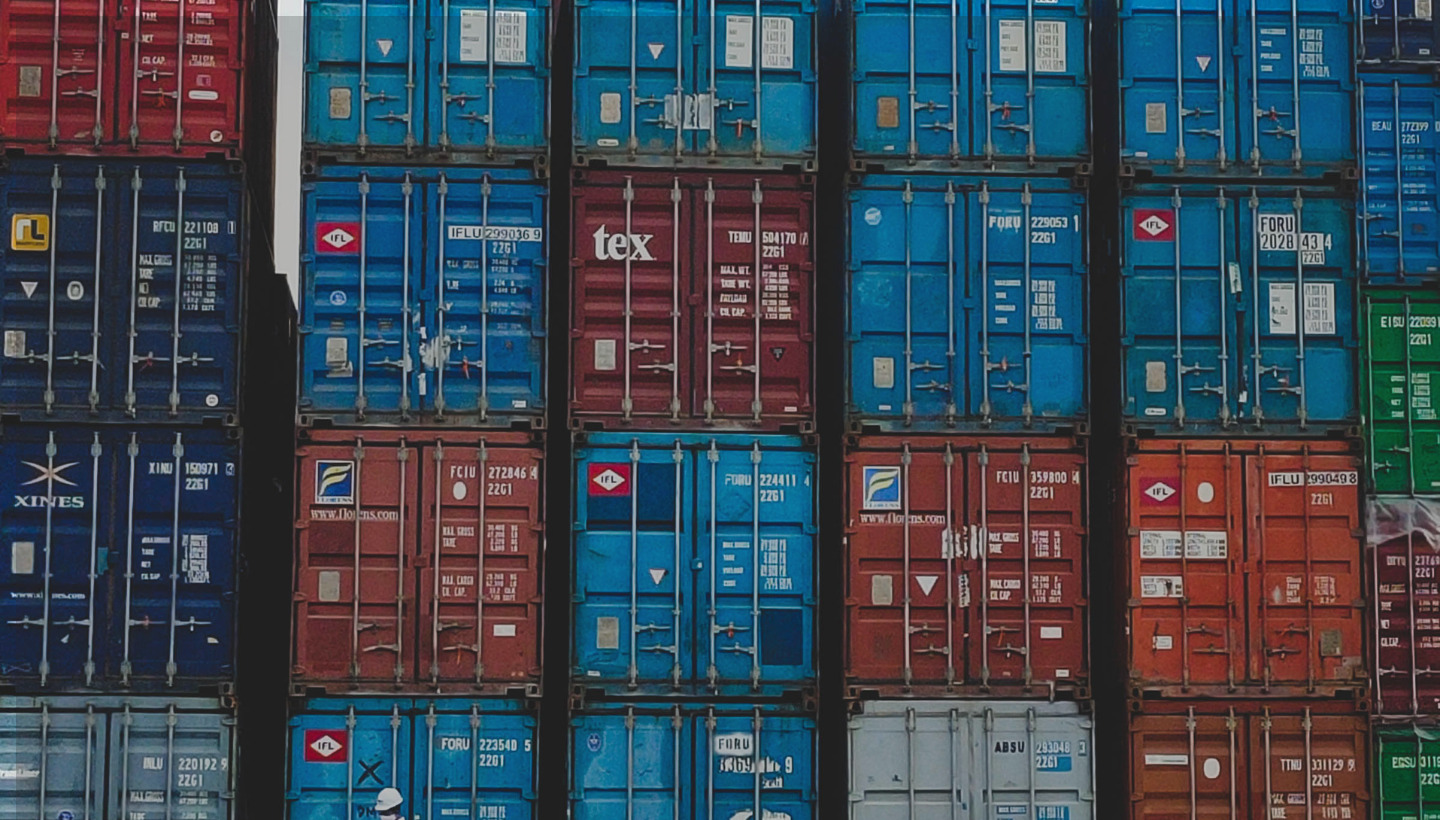By optimizing their supply chains and increasing operational agility, businesses can gain a competitive edge over other companies operating within their industry. In addition, reducing supply chain friction and expediting the delivery process have become essential for meeting the expectations of modern consumers.
While there are many ways that businesses can increase their speed to market, one tactic that has become quite popular in recent years is known as “cross-docking.” This strategy has been recommended by logistics consulting firms, state DOTs, and other industry experts.
Like any other emerging logistics trend, cross-docking is having a resounding impact on the warehousing and freight industries. Specifically, cross-docking is influencing warehouse and lumper payments, shipping costs, and more.
Below, our experts explore cross-docking and examine how it is reshaping payment processing practices for warehouses, carriers, and shippers.
What Is Cross-Docking?
Cross-docking is a specific warehouse management strategy that is designed to reduce inventory holding times while simultaneously maximizing speed and flexibility.
When using this strategy, warehouse personnel will distribute products from a supplier to retail chains with minimal storage time. Cross-docking is performed in a distribution docking terminal.
The strategy earned its name due to the way that trucks are organized in the terminal.
During cross-docking, one side of the terminal will be allocated for inbound carriers. Outbound vehicles will be backed up to dock doors on the opposite side of the terminal. Once all vehicles are in place, lumpers will carry products across the dock and load them on specified outbound vehicles.
Cross-docking is designed to be used in conjunction with a just-in-time (JIT) shipping process. The cross-docking approach is advantageous because it allows warehousers to avoid storing products for extended periods of time.
When Is Cross-Docking Utilized?
Refrigerated freight is a prime candidate for cross-docking, as these types of goods need to be efficiently transferred from one climate-controlled environment to another. Examples include dairy products, fresh fruits and vegetables, and other perishable foodstuffs.
Other products that can be shipped more efficiently using cross-docking include:
- Products with a stable demand
- Canned or processed food
- Electronics
- Luxury goods
- Promotional or holiday items
While cross-docking is an extremely efficient warehouse management strategy, it is not suitable for all applications. For example, high-end products that must undergo quality assurance inspections prior to being shipped will need to be stored for longer periods than perishable items.
Types of Cross-Docking
There are many different variations of cross-docking, each of which is used for specific product types. A few examples include:
- Manufacturing cross-docking
- Consolidation cross-docking
- Retail cross-docking
- Opportunistic cross-docking
To learn more about cross-docking types and when they should be utilized, check out this helpful breakdown.
How Cross-Docking Is Impacting the Logistics Industry
As the use of cross-docking becomes increasingly common, it is impacting key logistics entities, including shippers, carriers, and warehouses. Most notably, cross-docking increases the amount of product handling that occurs during the unloading process.
When using traditional unloading practices, lumpers will offload materials and store them directly in the warehouse. During cross-docking, lumpers will often sort items in the distribution terminal.
Depending on how many trailers are involved in the cross-docking exchange, lumpers may need to handle a single product multiple times before it is actually loaded into an outbound vehicle.
Naturally, an increase in material handling can impact the accessorial fees that are charged. Carriers may be billed for services such as loading, unloading, and re-palletizing.
While cross-docking can help suppliers save on storage costs, the extra fees associated with this management strategy must be accounted for. This consideration is of particular concern for carriers that rely on owner-operators who might be leery of incurring additional expenses.
Benefits of Cross-Docking
Cross-docking offers many benefits for shippers, carriers, warehouses, drivers, and consumers, including:
Decreased Costs
By utilizing cross-docking, select industries can reduce or eliminate the need to keep goods warehoused for extended periods. This strategy will lead to a decrease in storage costs and better profitability for manufacturers.
Reduced Risk of Product Damage
When goods are stored for long periods, they must be unloaded and then placed on racks within the warehouse. Every time a distributor receives a new order, the goods must be removed from storage, packed, and shipped. The remaining items will be returned to the warehouse racks.
All this extra handling increases the risk that some products will be damaged.
Conversely, cross-docking reduces the risk of products being damaged because they are only in the warehouse environment for a brief time.
Faster Deliveries
Due to the inherent efficiencies of cross-docking, this warehouse management strategy allows suppliers to reduce shipping times. This reduction leads to happier customers, faster speed to market, and less friction within the supply chain.
Cross-Docking and Logistics Payments
On its own, cross-docking can expedite the unloading and loading processes. This speed will allow drivers to get back on the road faster, make more money, and hit delivery deadlines.
However, some of the efficiency benefits associated with cross-docking can be offset if the carrier or shipper is relying on antiquated payment methods.
For instance, processing physical Comcheks often requires drivers to exit their vehicle, meet with a warehouse clerk or manager, and wait for the payment to be verified before they can depart. Not only does this process waste time, but it also requires prolonged face-to-face contact.
In order to alleviate this pain point, warehouses and carriers can adopt modern payment processing technologies. These solutions will accelerate the payment process, reduce the need for face-to-face transactions, and minimize driver downtime.
Freight Payments Solutions from RoadSync
As the logistics sector seeks ways to increase efficiency, enhance agility, and reduce friction across the supply chain, warehouses will continue to utilize cross-docking management strategies. While this trend will certainly help make warehouse management more efficient, there are other ways to modernize core logistics processes.
Specifically, carriers, shippers, brokers, and warehouse managers should explore digital payment solutions such as those offered by RoadSync. Our technology can facilitate face-to-face and contactless payment processing.
Your organization can accept payments such as credit cards, fleet checks, and much more. In addition, the RoadSync suite of products includes revenue-driving tools that are designed to provide detailed insights and further optimize efficiency.
To learn more, we invite you to check out our dynamic solutions.






